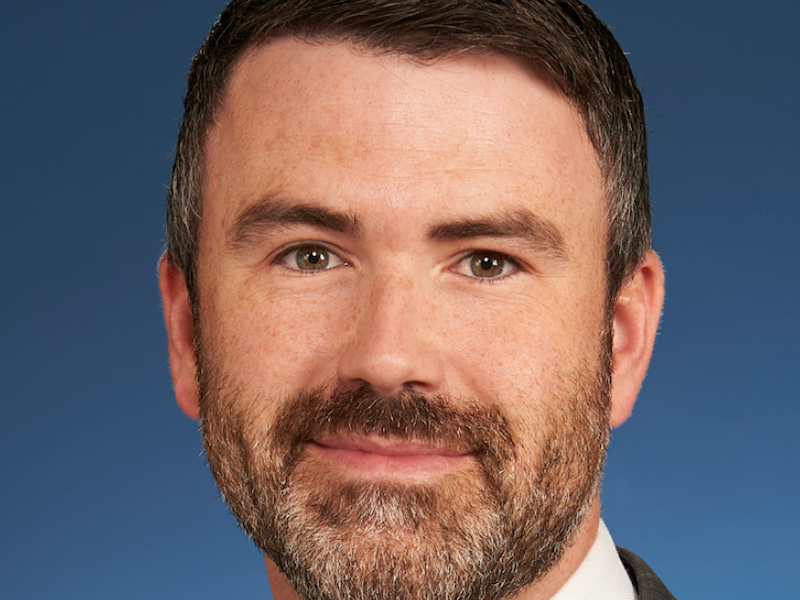
Manitoba’s Teachers’ Retirement Allowances Fund returned negative 0.42 per cent in 2022, exceeding its benchmark return of negative 5.04 per cent.
“While we are pleased with these short-term results, our longer-term results are equally favourable,” said Jeff Norton, the TRAF’s president and chief executive officer, in its annual report. “Over the past 20 years to Dec. 31, 2022, TRAF has delivered an annualized net return of 8.11 per cent, which exceeded both the benchmark return of 7.40 per cent and the actuarial assumption that we would earn 6.15 per cent per annum over this time period.”
The TRAF, which administers the defined benefit pension plan for public school teachers in the province, had assets of $8.1 billion at Dec. 31, 2022. It has two distinct components — Account A, the members’ account, and Account B, the province of Manitoba’s account — and each has its own funded status.
Read: 2021 GIC coverage: A look at the Teachers’ Retirement Allowance Fund’s pandemic balancing act
Account A finished 2022 with a funded ratio of 103.2 per cent, which is up slightly from the last formal valuation as at Jan. 1, 2021, when the level was 101.5 per cent. However, Account B is funded to a much lower level. At the end of 2022, it was 59.4 per cent funded on an accrued basis, which was roughly the same as at the beginning of 2021, when the level was 60 per cent.
According to the report, the number of retired members now exceeds the number of active members in the TRAF. With 553 new pensions processed during 2022, the total number of retired members ended the year at 16,520, while its active membership count was at 16,346.
Following a broad asset allocation study in 2021, the TRAF increased its allocations to certain private market asset classes, such as global real estate, private debt and private equity, according to the report, which also noted this diversification played an important role in the plan’s performance in 2022.
Read: Getting delegation right at Manitoba’s Teachers’ Retirement Allowances Fund
However, like most other institutional investors, the TRAF’s fixed income and public equities allocations weren’t immune to the dual challenge of higher interest rates and inflation. “Recognizing some of the risks of low interest rates and inflation prior to 2022, TRAF built allocations to inflation-hedging assets, like infrastructure, and diversified the fixed income portfolio with the addition of floating rate private debt,” said Graeme Hay (pictured), chief investment officer at the TRAF, in the report. “These asset classes generated positive returns in an otherwise difficult year for most asset classes.”
Indeed, the TRAF’s fixed income portfolio was down 4.56 per cent in 2022, while its public equities allocations returned negative 3.6 per cent. More specifically, the best-performing equities were global (negative 3.77 per cent), followed by Canadian (negative 4.91 per cent) and U.S. (negative 12.20 per cent) equities.
The TRAF’s alternatives portfolios fared significantly better last year, with private equities returning 6.47 per cent, real estate returning 10.7 per cent and infrastructure returning 12.08 per cent. In the report, Hay said the investment organization intends to increase its exposure to infrastructure over the long term.
“Similar to real estate, most infrastructure assets have revenues that adjust with time to higher rates of inflation. For this reason, TRAF, like most pension plans, benchmarks its infrastructure assets to the Canadian consumer price index plus a premium to account for the risk of the asset class. Given the high levels of CPI experienced in 2022, this resulted in a relatively high infrastructure benchmark return of 10.8 per cent for the year. Notwithstanding, TRAF’s infrastructure exceeded this level, returning 12.08 per cent in 2022.”
Read: Expert panel: History’s lessons for DB pension plans during turbulent times
